History of the Census
1946: The Beginnings
The Census began in 1946 as a collaboration between the art historian Richard Krautheimer (1897–1994) at Vassar College, Fritz Saxl (1890–1948) Director of the Warburg Institute in London, and the archaeologist Karl Lehmann (1894–1960) at New York University. All three had fled the persecution of Jewish academics in Germany and had found positions abroad. The initial research question had arisen in 1945, when Krautheimer and his wife Trude Krautheimer-Hess were writing a monograph on the Renaissance sculptor Lorenzo Ghiberti. Finding it difficult to locate specific information about the antique monuments visible in fifteenth-century Italy, Richard Krautheimer asked Fritz Saxl if they should organise a ‘corpus of antiquities’ known to the Renaissance. This exchange began the idea of creating an instrument that would systematically record ancient works that were, or could have been, known to Renaissance artists. In the Spring of 1946, the Warburg Institute and New York University formed a partnership to develop a Census of visual sources (which were limited, at the time, to sculpture and figural works of art) and textual sources from the Renaissance (primarily, 15th-century Italy) that respond to antique monuments. Their chosen method would be to gather information on index cards and combine these whenever possible with photographs.
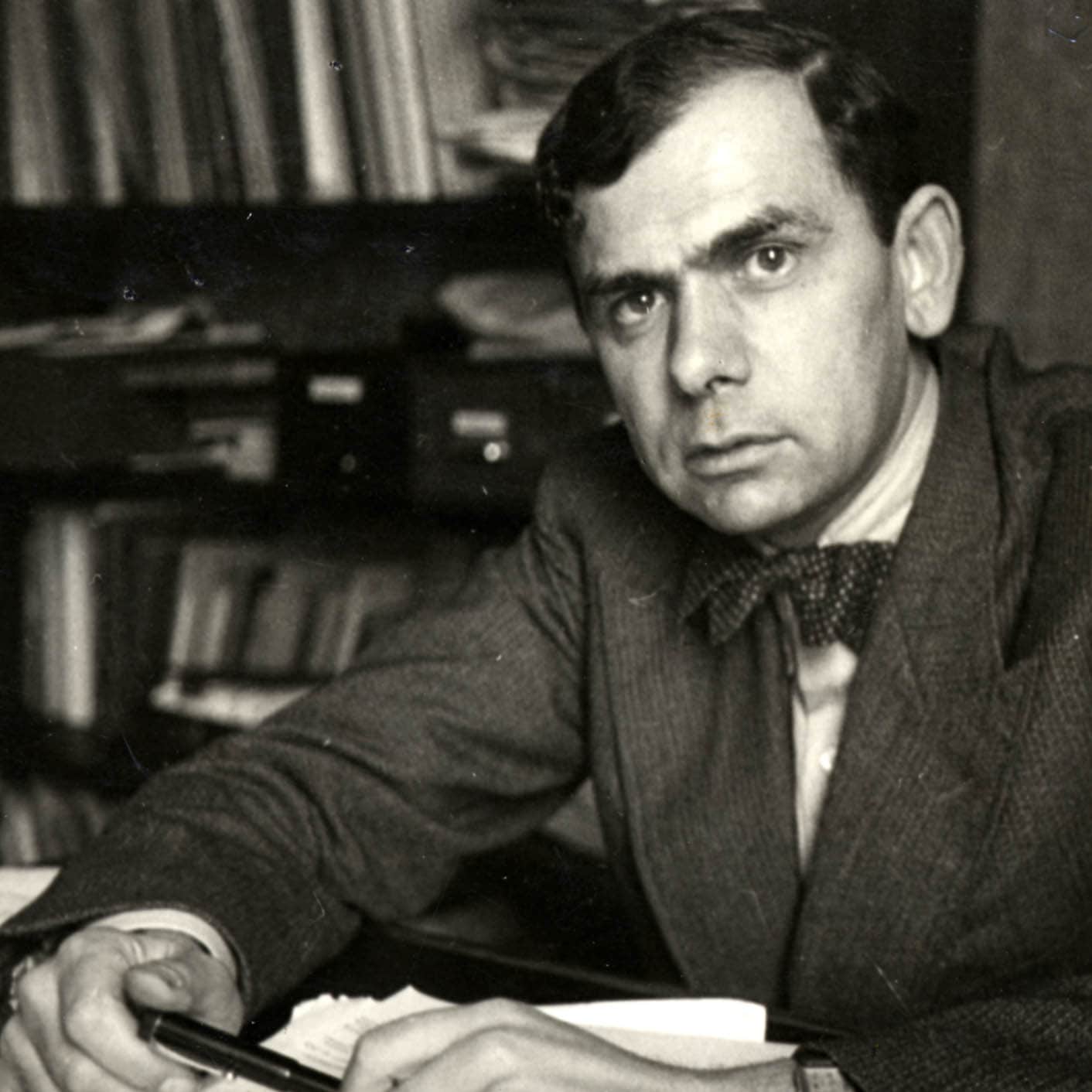
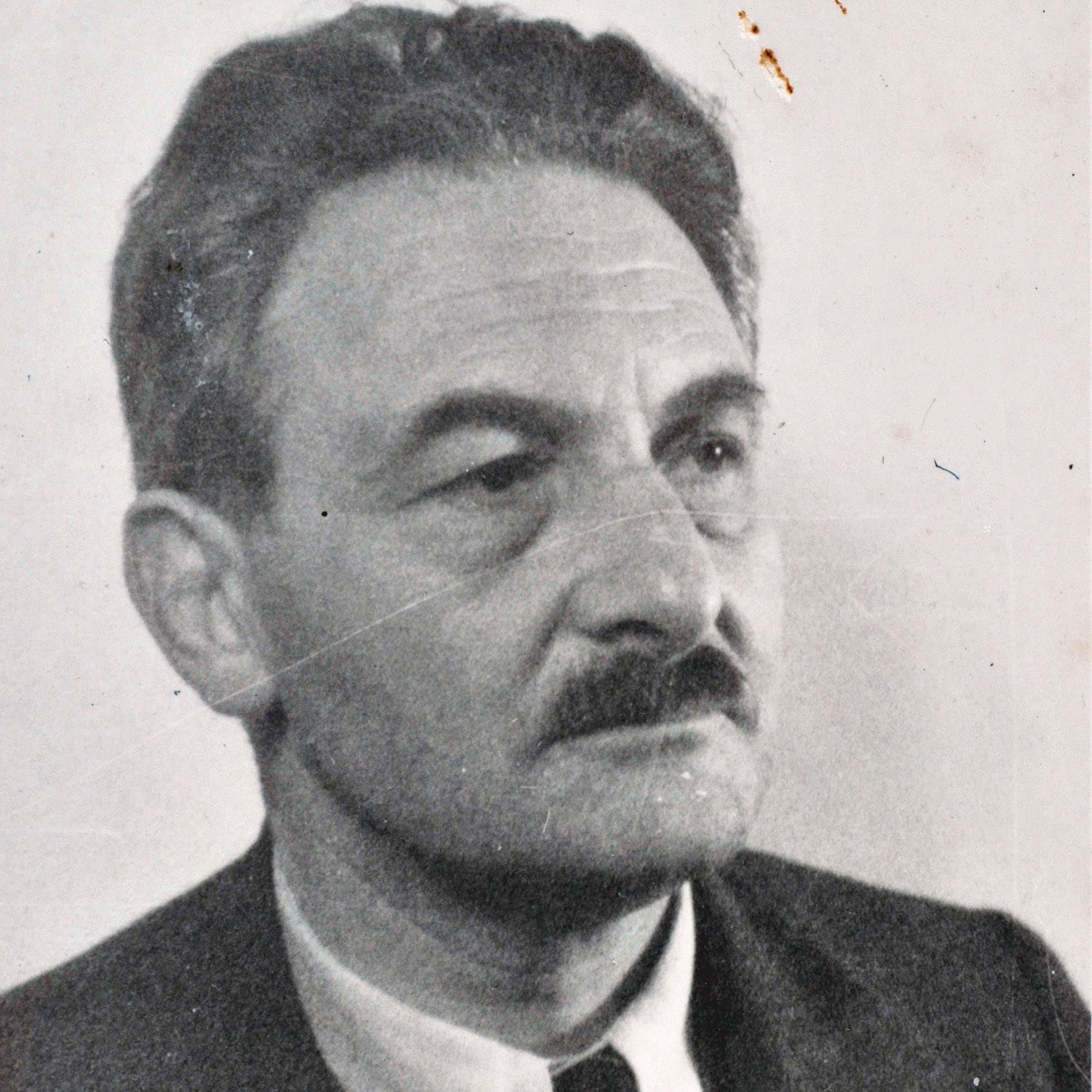
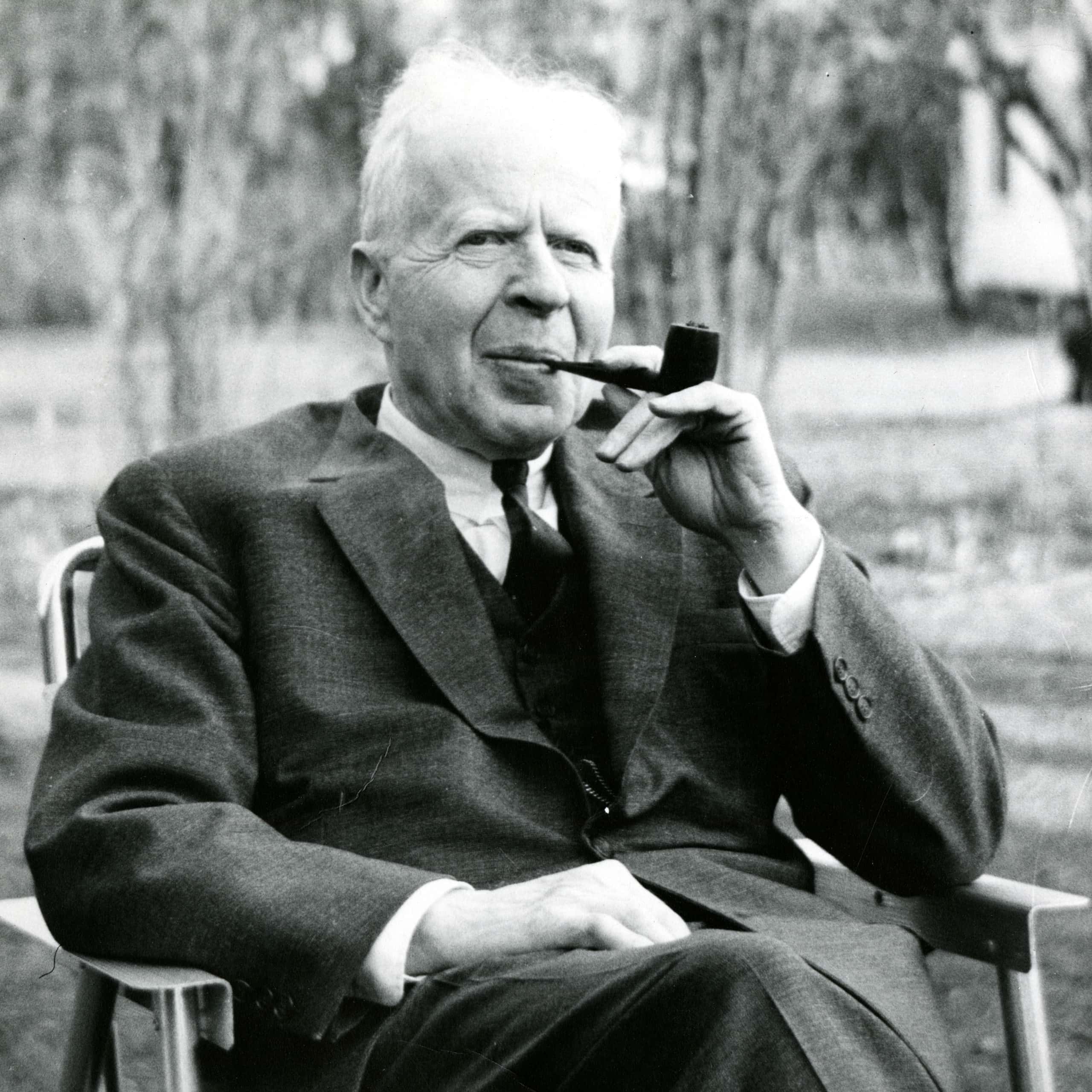
Richard Krautheimer, c. 1940, Fritz Saxl, 1939; Karl Lehmann c. 1950
1947: Phyllis Bober
In 1947, the American archaeologist Phyllis Pray Bober began to realise the ideas of the founders, giving the Census the shape which it still has today. Bober compiled hundreds of index cards organised alphabetically; each card listed the Renaissance texts and works of art which could be put in relation to a particular antique monument. Photographic reproductions of both ancient and modern works of art were acquired and catalogued by the Photographic Collection of the Warburg Institute. At this early stage of the Census, the scope of the project was restricted to antique sculpture and its Renaissance reception from 1400 to around 1530.
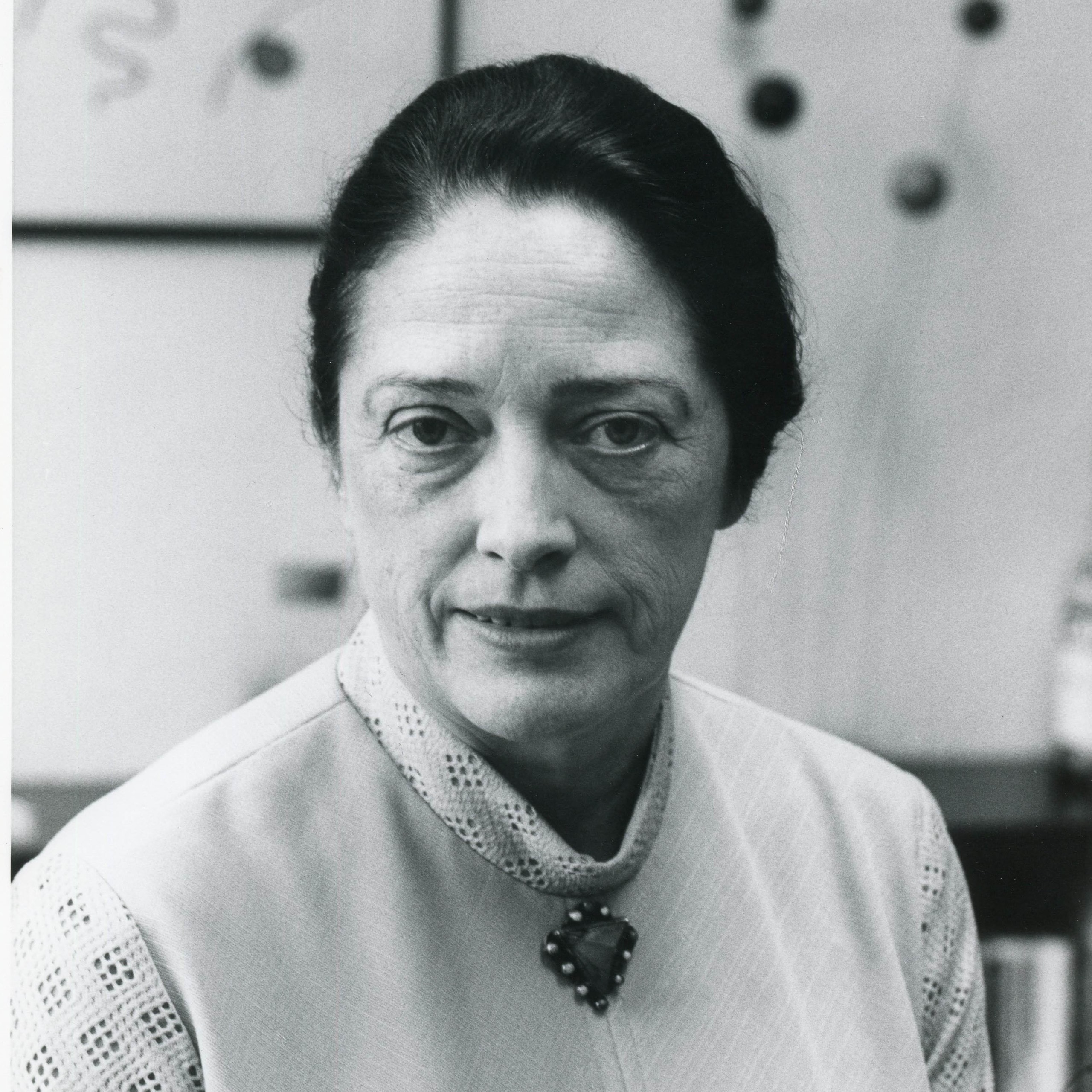
Phyllis Pray Bober
1957: Ruth Rubinstein
The Census had since 1949 been a formal project of the Warburg Institute, with Phyllis Bober its director. In the early years Enriquetta Frankfort, Director of the Warburg Photographic Collection, worked together with Bober to build the project’s image resources. Ruth Rubinstein’s appointment in 1957 as assistant in the Photographic Collection with special responsibility for the Census gave the project a further impetus, as well as another longstanding protagonist.
Over the next decades Rubinstein purchased photos of sketchbooks and drawings after the antique for the Census, making the Photographic Collection of the Warburg Institute one of the most important centres for the study of Renaissance drawings. The Warburg Institute also supported the work of the Census by publishing numerous catalogues of Renaissance sketchbooks in its Studies of the Warburg Institute series.
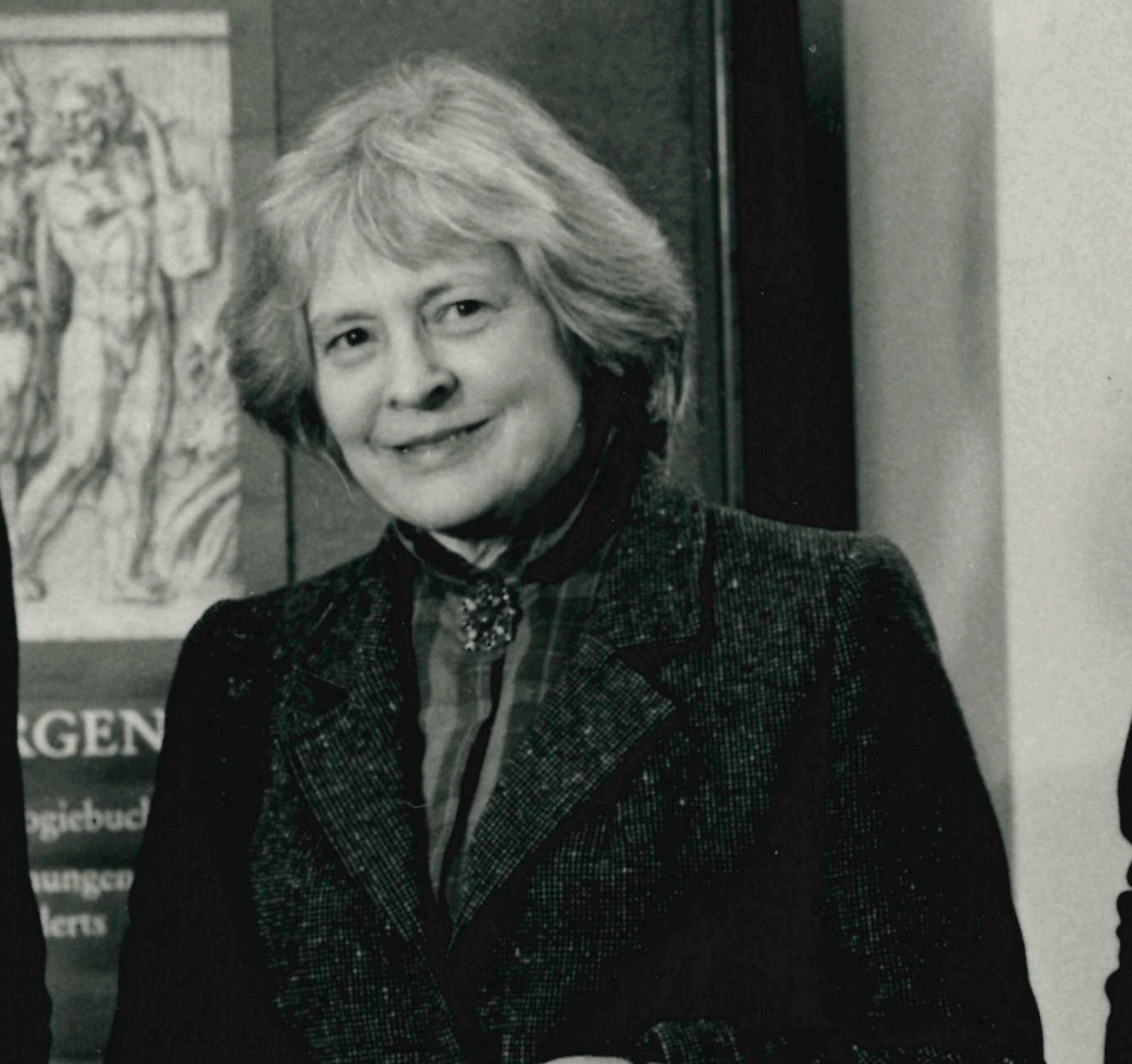
Ruth Rubinstein
1980s: Digitisation
In the early 1980s, the Bibliotheca Hertziana under the directorship of the architectural historians Matthias Winner and Christoph Luitpold Frommel became a partner institution of the Census project. At the same time, the Census expanded to include ancient architecture, a category which had previously been excluded.
The idea of computerizing the index card system of the Census had already been proposed at the end of the 1970s, yet the expansion of the project to include architecture offered another reason to move forward with the idea. The J. Paul Getty Trust had just begun its Art History Information Program in order to test the possibilities of electronic data processing for the humanities disciplines.
The Census won support from the Getty, and programming began. From 1981 onwards, under the direction of Arnold Nesselrath in Rome and in cooperation with the computer programmer Rick Holt, the data model was developed. Programming was undertaken of an input mode, and later also a retrieval mode. In developing the data model, the complex information written on Bober and Rubinstein’s index cards had to be given a clear structure. An advantage of the chosen object-relational data model became the ability to access the Census data from all sides: while the index card system could only be ‘entered’ via the names of the ancient monuments, the computerised data could be queried from all directions.
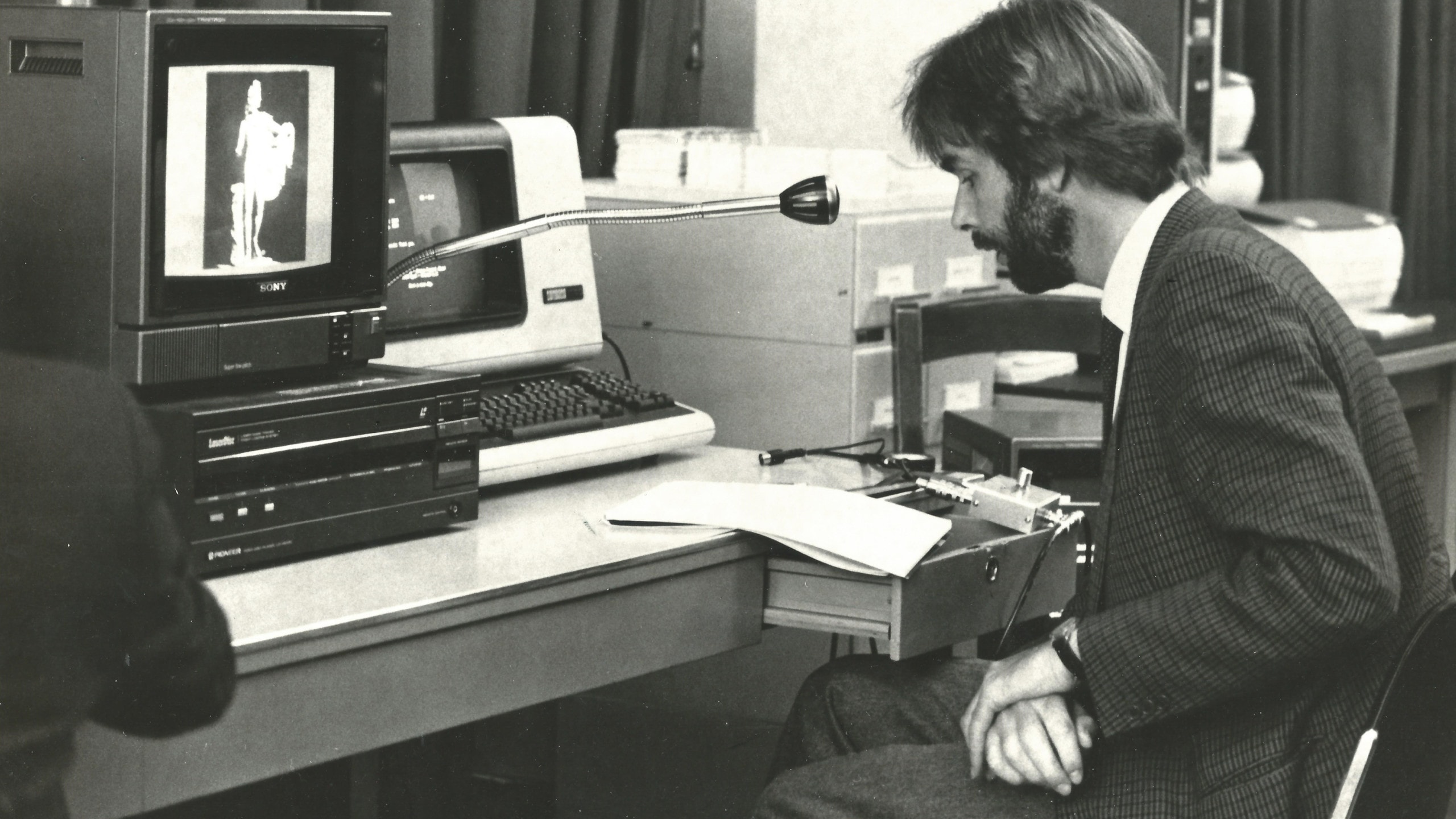
Arnold Nesselrath
1990s: Berlin
The project’s next change of location coincided with a transition into a new era of technology. Funding from the Bibliotheca Hertziana terminated in 1995 and Horst Bredekamp, who had recently been appointed professor at the Humboldt University, succeeded in securing a permanent affiliation of the project with what is now the Institute of Art and Visual History. Additional funding and support was provided by the Bundesministerium für Bildung und Forschung (Federal Ministry of Education and Research).
In the first years in Berlin, the software of the database was reorganised. A migration to the Dyabola system preserved the data model. While the consultation of the database had previously only been possible only in London and Rome, now the database was published, first on CD-Rom, and later on DVD. In 2000, the first internet version of the Census database was made available.

The Dyabola database
2000s, The Census Online
The next stage in the life of the Census coincided with a new generation of technological change. When the Census was included in the Berlin-Brandenburgischen Akademie der Wissenschaften’s programme in 2003, one of the most urgent tasks was to make the data available in open access. The Dyabola database was transferred to a new system with the support of the Academy and the BBAW’s Telota team. The Census was made available online in 2007 on a new web-based software without access restrictions. Up to this point, the content of the Census had only changed with regard to the extension of the time period and the inclusion of ancient architecture and ancient coins. The research questions had always remained the same: which antiquities were known, in what place and in what condition, during the Renaissance?
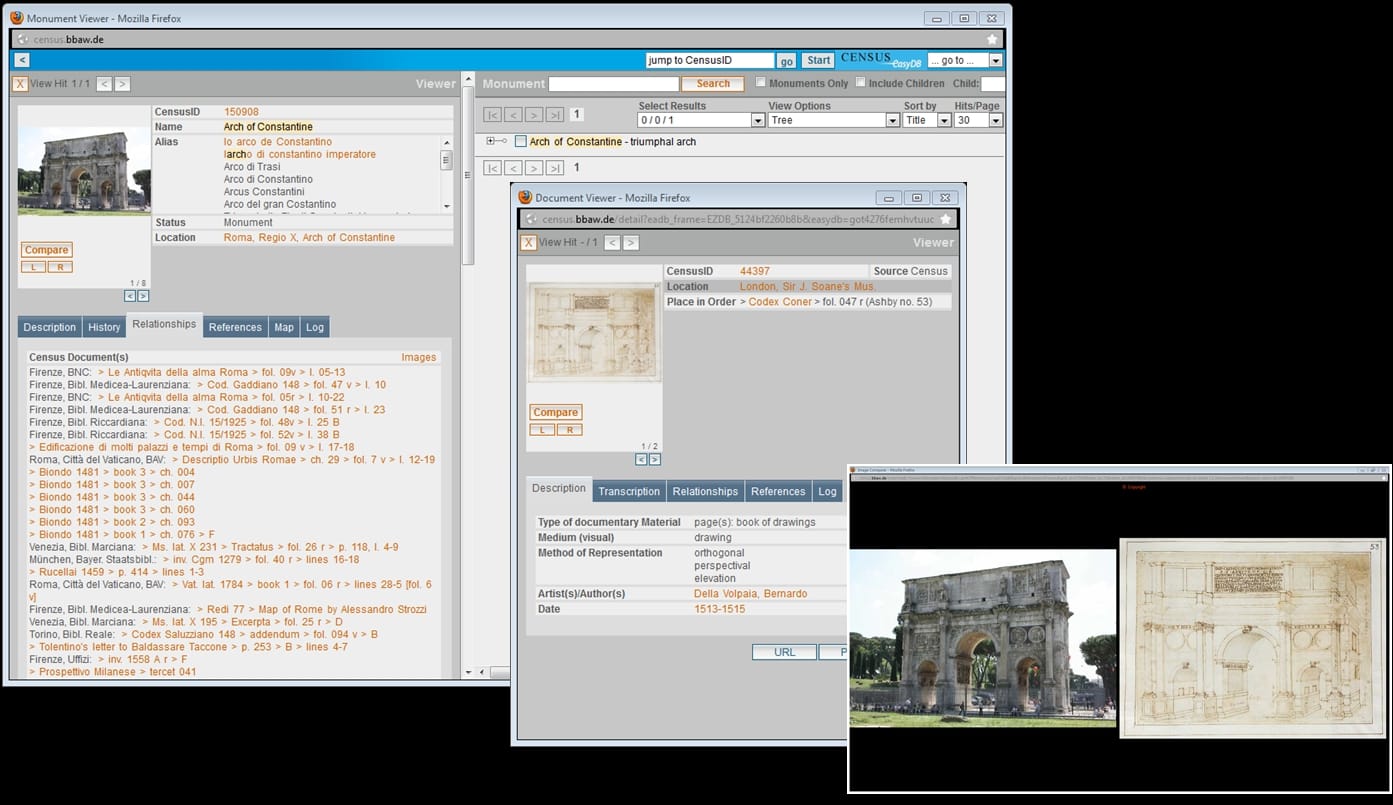
The Database in EasyDB 4
2020s-
In June, 2020 the American art historian Kathleen Christian became Professor in the Institute of Art and Visual History at the Humboldt University and Director of the Census.
Beginning in 2021, the Census will undertake a software update, introduce a new user interface and prepare the database for Linked Open Data. The photographic resources of the database will also be renewed. Users will be able to access thousands of new photographs of antique monuments and drawings, for example from the Musei Capitolini in Rome, the Albertina, the Biblioteca Comunale in Siena, and the Ashmolean Museum.
2021 marked the 75th anniversary of the Census project, which was commemorated by the online exhibition, ’75 Years, 1946–2021; from Index Cards to Online Database’.

Kathleen Christian